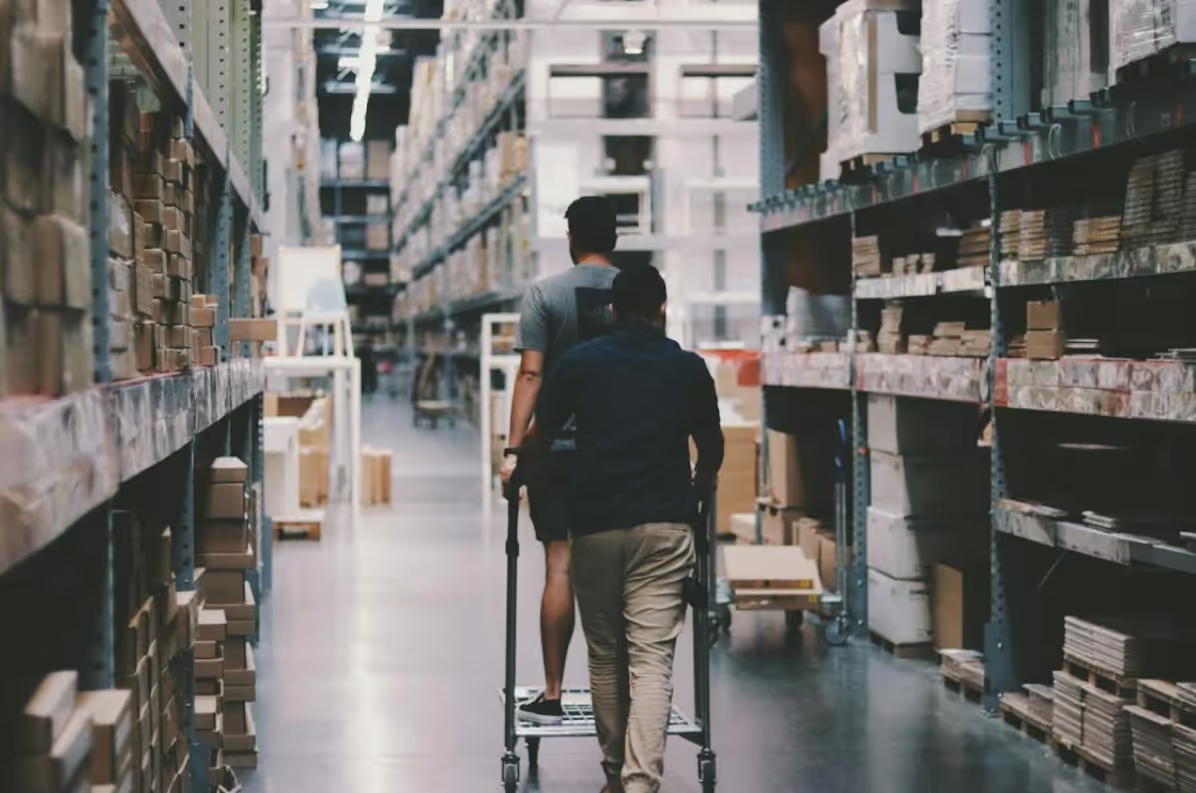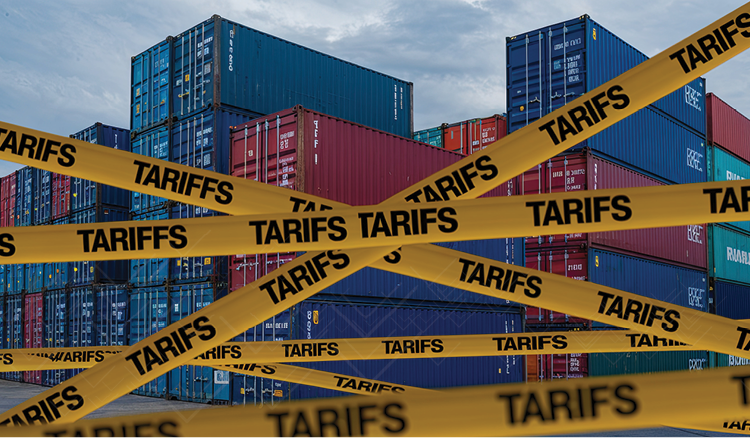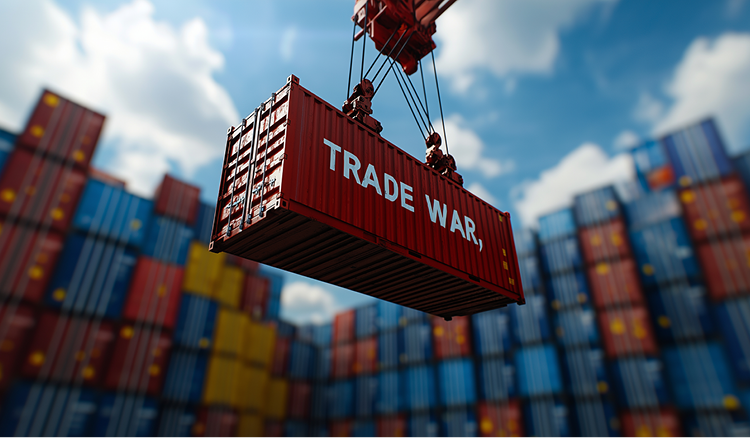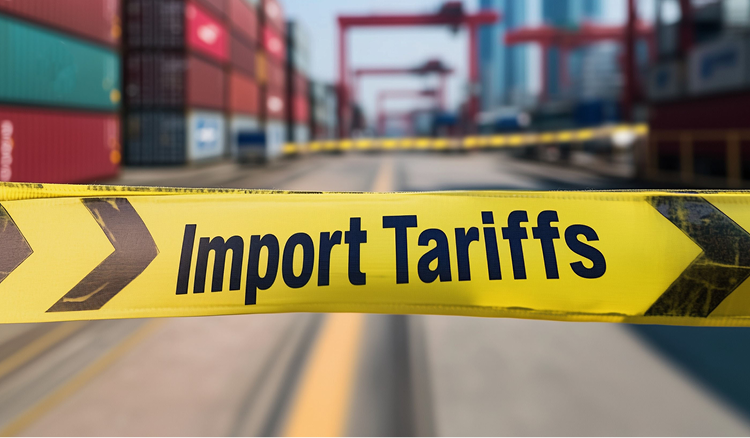Reciprocal Tariffs: What They Are, Implications for Manufacturers & Distributors, & How Veryable Can Help
In this article, we’ll discuss Trump’s plans for reciprocal tariffs, what they mean for U.S. manufacturers & distributors, and how leveraging Veryable can help businesses proactively prepare.
If you’re looking for information on other tariffs, check out these articles:
Background
On Thursday, February 13th, President Trump announced his “fair and reciprocal plan” on trade, which details reciprocal tariffs that would tax imports from other countries at the same rate they tax imports from America.
Under current trade rules, the United States typically charges the same tariff for specific goods that enter the United States regardless of the country of origin (although subject to free trade agreements and trade preference programs). Under the Reciprocal Trade Memorandum however, the United States will take a different approach by charging different tariffs based on the country of origin.
As detailed in the memorandum, the reason for this latest decision is that while America has one of the most open economies in the world, its trading partners have often kept their markets closed to U.S. exports. This in turn has contributed to America’s massive trade deficit, which has persisted for 49 straight years and exceeded $1 trillion in 2024.
Here are a few examples:
- The U.S. tariff on ethanol is 2.5%. Yet Brazil charges the U.S. ethanol exports a tariff of 18%. As a result, in 2024, the U.S. imported over $200 million in ethanol from Brazil while the U.S. exported only $52 million in ethanol to Brazil.
- The U.S. average applied Most Favored Nation (MFN) tariff on agricultural goods is 5%. But India’s average applied MFN tariff is 39%.
- The European Union can export all the shellfish it wants to America. But the EU bans shellfish exports from 48 U.S. states, despite committing in 2020 to expedite approvals for shellfish exports. In 2023, the U.S. imported $274 million in shellfish from the EU but exported only $38 million.
- The EU also imposes a 10% tariff on imported cars. Yet the U.S. only imposes a 2.5% tariff.
Additionally, a 2019 report found that across 132 countries and more than 600,000 product lines, United States exporters face higher tariffs more than 66% of the time.
As far as initial actions, various agencies have been directed to prepare a series of reports on trade issues by April 1st. After these reports are submitted, the secretary of commerce and the US trade representative (USTR) will initiate “all necessary actions” to investigate harm to the United States from other countries’ non-reciprocal trade arrangements. Then when these actions are all complete, the commerce secretary and USTR will submit a report to Trump setting out proposed solutions.
Although some initial reports might say otherwise, statements from the White House indicate that the Trump administration isn’t planning on increasing tariffs on a line-by-line basis. Instead, for each country under review, various agencies will examine both tariff and nontariff solutions, taking into account the trade effects of each in order to calculate a single additional tariff rate. With that being said, the memorandum doesn’t go into much detail about this, and the approach pursued could completely change in the coming months.
Additionally, the Trump administration is expected to focus initially on a select group of countries, and if any try to negotiate, this could delay the implementation of these tariffs.
Implications For Manufacturers & Distributors
While there is much uncertainty surrounding the specifics and timeline of these reciprocal tariffs, businesses can still take actions now to prepare.
First and foremost, business leaders must have a clear understanding of the imports they rely on as well as the countries of origin. In the case that any of these imports are likely to be subject to these reciprocal tariffs, businesses should also proactively identify capable U.S. based suppliers or identify opportunities for reshoring if applicable.
Additionally, tariffs on key imports could lead to lower consumer demand for these goods. This of course will boost demand for domestic goods, and US companies will need to increase capacity to capitalize on this.
How Veryable Can Help
With so much uncertainty in regards to the timing and scope of these tariffs, hiring more FTEs in advance to prepare for potential higher order volumes is incredibly risky, especially for small and medium sized companies. But at the same time, hesitating and waiting for the right moment to react is even more risky. As we covered in another blog earlier this week, those that adapt first don’t just survive; they capture market share, and cement themselves as leaders. Those that hesitate on the other hand become irrelevant and outpaced by the competition.
By leveraging Veryable’s on-demand labor model, manufacturers and distributors can gain the additional capacity they need to meet higher demands while simultaneously building flexibility, agility, and resilience into their operations.
Here’s What This Looks Like:
After building your labor pool, you can just keep your full-time headcount at your minimum average demand (purple dashed line). When order volumes start increasing and demand comes in above that minimum threshold (closer to pink dashed line), that’s when you deploy operators from your labor pool. Then if volume drops suddenly for a few days or weeks, just taper down platform usage accordingly.

By taking this approach, businesses can equip themselves to tackle higher demand without having to hire workers that aren’t needed everyday, or risking not having sufficient capacity and losing out on opportunities to competitors.
Additionally, due to the nature of the platform with no upfront fees or minimum usage requirements and where work is only paid for once it’s completed, businesses can scale up quickly without the need for any capital investment.
This is especially beneficial for small and medium sized businesses who typically cannot afford upfront investments into new FTEs or expensive automation.
Conclusion
While it may take months before these reciprocal tariffs go into effect, businesses shouldn’t wait to prepare. Those that will not only survive, but thrive amidst these changes, are those that act decisively and proactively. Veryable's on-demand labor model is more than a marketplace for flexible labor, it’s an operational strategy, and a competitive advantage for businesses trying to win in this rapidly shifting environment. To learn more about how Veryable can help you navigate these changes with confidence, check out our “Navigating Trump 2.0” page. Here you’ll find more resources that will help you thrive in the coming months. As things continue to evolve, we’ll be publishing more articles like this.
If you haven’t already built a labor pool, now is the best time to start. To do so, either contact your local team or create your free business profile.
Previous Posts
Trump 2.0 Week 9 Recap: What’s New, What’s Coming Up, and Why Agility Is More Important Than Ever
The Future of Manufacturing and Logistics
Create a free business profile today to explore our platform.






